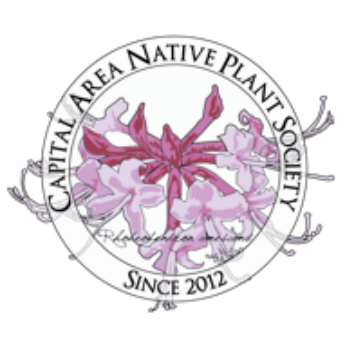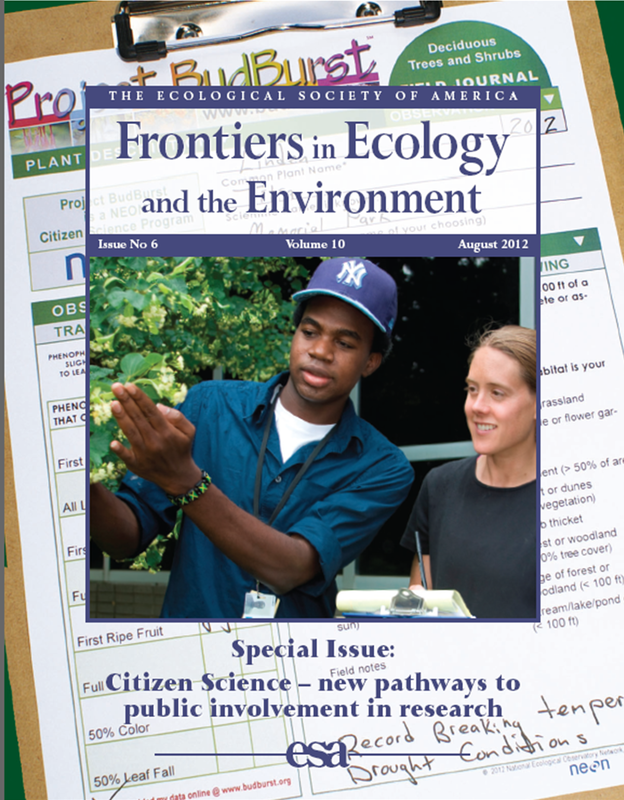Louisiana Plant Phenology Project (LAPPP)
Help track the seasons with us!
CANPS is currently working on documenting plant phenology and distribution in our state for a number of reasons. Some of the key goals of this effort are to:
How to Get Started with LAPPP
iNaturalist is a powerful tool but may take some time to learn how to use. Please take advantage of the help page, online video tutorials below and the iNaturalist discussion forum for help. You are also encouraged to contact CANPS with any questions.you may have. We are happy to help you! The following is a basic rundown of the contribution process.
|
What is Phenology?
Phenology is the study of when important things happen in the life cycle of plants and animals. It's nature's almanac. When flowers begin to bloom, when seeds set, when leaves turn colors and fall, when birds begin to feed on the Black Cherries — all these are important events that give us a wealth of information about our local ecosystems.
New technology as well as concerns about climate change and its effects on plant and animal populations has spurred a vast movement of citizen science projects across the globe capable of monitoring phenological activities. Endeavors like Project BudBurst, Natures Notebook, MonarchWatch, iNaturalist and eBird are just a few of the many tools people are using today to map their observations of plants and animals. Visit the USA National Phenology Network's website here. Citizen Science
As a citizen science project, LAPPP takes advantage of the contributions of everyday people, as well as amateur and non-professional scientists and naturalists around the country and globe to expand the scale and educational engagement of the scientific process. The following links are provided to help you learn more about the amazing power of citizen science to transform our world for the better.
In August 2012 the Ecological Society of America published a special ssue of Frontiers in Ecology and the Environment on the topic of citizen science. In the spirit of the openness and data-sharing that is the hallmark of citizen science, they posted the entire issue online to read for free. The History of Public Participation in Ecological Research
Click HERE to read an article by Abraham Miller-Rushing, Richard Primack, and Rick Bonney in ESA's August 2012 issue of Frontiers in Ecology and the Environment. Click the image below to read this article.
|
Don Edwards NWR BioBlitz from iNaturalist on Vimeo.
Conservation_Photography from iNaturalist on Vimeo.



